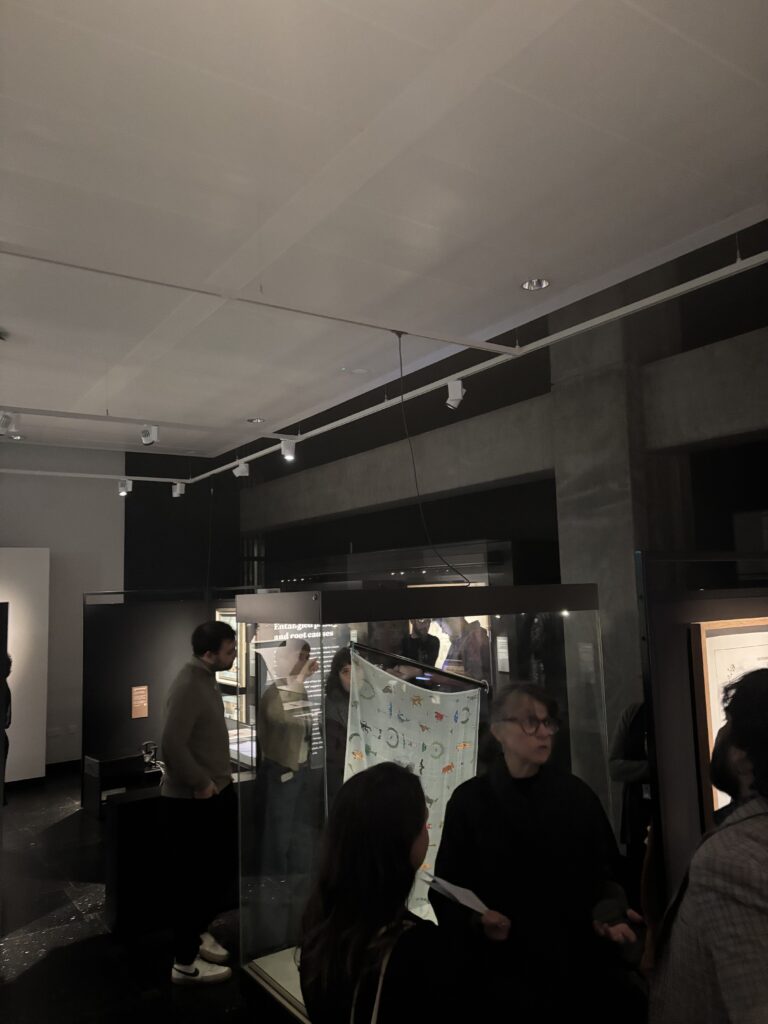
I think the idea of an exhibition curated by and featuring work from the archives, collections, commissions and perspectives of a university institution is something to be considered when exploring methods of curation. The exhibition has a clear endorsement, proposing a clear narrative and almost form of marketing for the university. With the changing role of the curator, I feel like Rooting navigates this well incorporating ideas of both the traditional archive and the contemporary exhibition. With the use of geographical artefact amongst picturesque oil paintings, the exhibition works as a physical demonstration of the university’s bio-diverse intentions. The archive evidences their 2040 net zero and net positive goals, with this argument being clear from even the immediate visuals. I feel like the exhibition as a whole allows each work to have its own space.
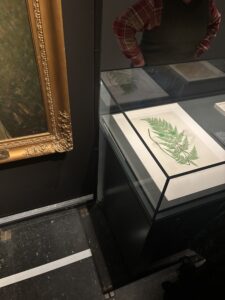
Reflection
This to me feels like a classic example of what I deem an exhibition. There is a narrative based on a hypothesis, the work illustrates that, you go around looking into glass cases and reading the informational material next to each work. Even at the exhibition opening it was clear that you look at each piece and move on, which seemed a shame to me. I want there to be more chances to discuss what is included, what is created and how this connects people. It makes me think that maybe exhibition in this format is not best suited to my idea of conversations. Linking to the thoughts presented in ‘Curator as Artist as Curator’, with the change of the curator to everyday life, does the archive need to change too? How can we discuss a collection?
https://www.tandfonline.com/doi/pdf/10.1080/23257962.2020.1770709?needAccess=true
https://library.ed.ac.uk/heritage-collections/museums-and-galleries/exhibitions-whats-on
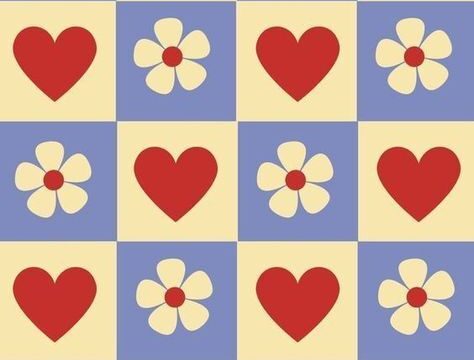

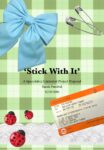

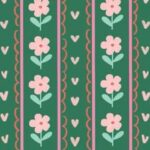

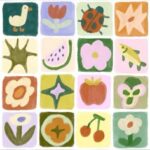

s2721851
23 February 2025 — 22:34
Sarah, your curatorial thinking is full of energy, especially the exploration of “dialogue” as the vitality of the exhibition has inspired me! You went from the eventalized practice of Bernadette Corporation to Women in Revolt! The archival reconstruction of China Post Art shows the acuity of transforming a static exhibition into a dynamic exchange scene. It’s also interesting to reflect on the traditional archival exhibition – when you say “glass cases block conversations”, it suddenly occurred to me whether it is possible to break the one-way display through “participatory archives”? For example, setting up a blank postcard wall in the exhibition hall, inviting the audience to create in the way of “answering the female artists of the 1970s”, and then incorporating new works into the exhibition narrative in real time, forming a collective dialogue across time and space. This not only continues the medium characteristics of postal art, but also enables the audience to become content co-creators from onlookers. Perhaps we can also try to cooperate with the local post office to extend the exhibition to the public space of the city, so that the art discussion can truly “send” into daily life? Look forward to more boundary-breaking sparks from your planning!